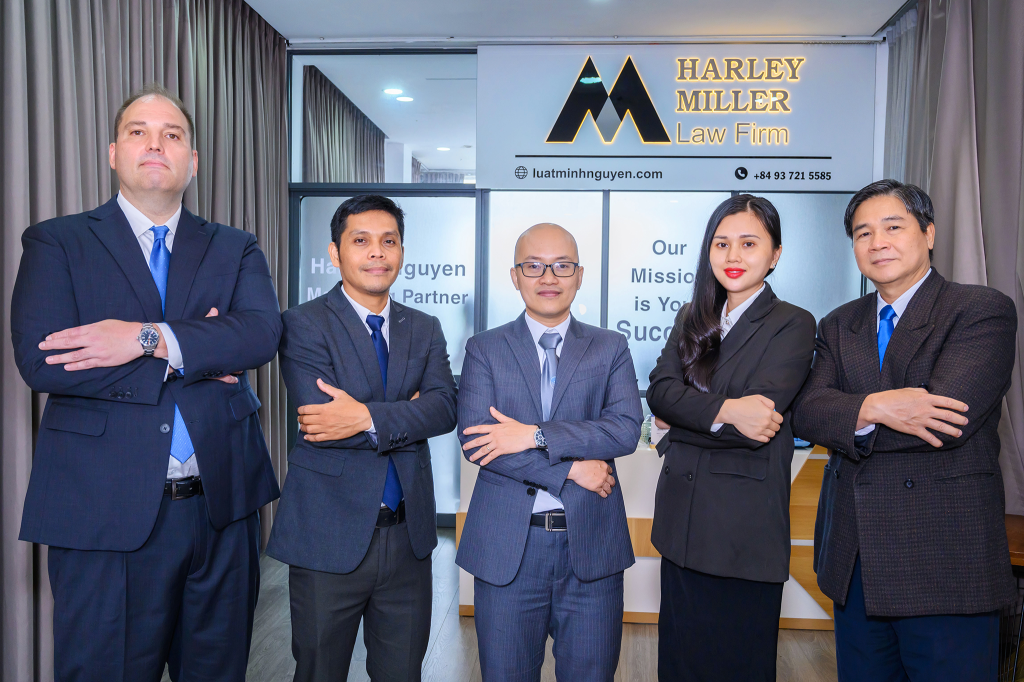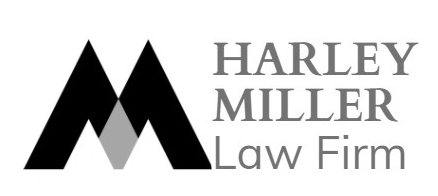Vietnam has great potential for aquaculture development. The coastline is more than 3,260 km long with 112 estuaries and creeks with rich potential for brackish and salt water aquaculture. The system of rivers and canals of our country is very diverse and interlaced with up to 15 rivers with a basin area of 300 km2 or more. In addition, there are thousands of large and small islands scattered along the sea which are areas where aquaculture can be developed all year round. Therefore, aquaculture from being a side-product, self-sufficient, has become a concentrated commodity production industry with advanced technology, sustainable development and sustainable development harmonize with other economic sectors. Not only domestic investors doing business in this field, but also foreign investors have been interested and invested in establishing foreign-invested companies in aquaculture.
Overview of Vietnam market
According to a report by VN Express, Vietnam is hoping to generate aquaculture exports worth between US$800,000 to US$1 billion by 2025. This will be a highly significant contribution to the country’s fisheries output, amounting to over 25%. Moreover, it is predicted that by 2045, exports from the sector will exceed an impressive US$4 billion in value. However, achieving these ambitious targets would require massive investments, especially from foreign entities. Currently, investors primarily focus foreign direct investment (FDI) on supplying seeds and animal feed in the industry. Nonetheless, with the anticipated growth of the aquaculture industry in Vietnam, the demand for these vital materials is also expected to rise, providing foreign firms with more opportunities to expand.
(Reference from To quoc magazine publish on April 26, 2023)
Nordic investors are not the only ones who can invest in Vietnam’s seafood industry. CP of Thailand has invested in farms and production facilities for shrimp feed, the seafood with the highest export value in Vietnam. Chinese companies are also investing in shrimp processing plants and cooperating with Vietnamese companies by buying shares in companies listed on the stock exchange. Vietnam’s seafood industry has been developing continuously for the past 20 years and with foreign investment inflows, the seafood industry promises to continue to grow.

What is Aquaculture?
Aquaculture or aquafarming, refers to the technique of nurturing aquatic animals and plants in well-regulated environments, such as tanks, ponds, oceans, or lakes. This process involves several steps such as breeding, raising, and harvesting of fish, shellfish, and other aquatic organisms in both freshwater and saltwater ecosystems. The significance of aquaculture lies in its ability to provide essential nutrients and protein to millions of people worldwide, making it a crucial source of food.
Vietnam boasts exceptional natural conditions for aquaculture, including freshwater aquatic resources situated in the basins of the Red River and the Mekong Delta, both offering ideal settings for aquafarming.
FDI in aquaculture in Vietnam
The raw materials necessary for the fisheries industry comprise seed, feed, and aquatic pharmaceuticals. For decades, Vietnam has faced a scarcity of these materials, creating opportunities for foreign firms to make significant investments in the country.
Fish food
The focus of FDI enterprises, instead of directly competing in the breeding and processing stages of fish farming, is mainly on the aqua feed market. While there are some producers of fish food within Vietnam, a select few big foreign suppliers dominate the lion’s share of the market.
Seed
Foreign companies have secured a significant position in the aqua feed market primarily because of their production standards and low pricing strategies. Moreover, they also have a considerable sway over the supply of seed for various species, like black tiger shrimp and vannamei shrimp.
Seafood processing
The processing of seafood is an area where FDI firms have a competitive edge over domestic enterprises, mainly due to their access to capital and better production quality.

Resistance to FDI in aquaculture
The domination of the aquaculture market by foreign capital has not sat well with the local firms, who have expressed their resentment over the issue. According to an article published in the Vietnam Fisheries Magazine in 2020, experts opined that relying heavily on a select few foreign companies for aqua feed production and supply has led to a lack of competition, resulting in the farmers having to bear the brunt of high prices.
Despite some recommendations for greater state involvement in managing the sector, no concrete steps have been taken in this direction to date.
On the other hand, as Vietnam has signed 15 trade agreements, it has opened up significant opportunities to expand seafood exports to leading global markets such as the EU, China, and South Korea. Such developments, however, are likely to intensify the demand for aqua feed. Therefore, limiting foreign investment in the sector may have adverse consequences.
Policy of Vietnam to attract foreign investment in aquaculture industry
Decision No. 985/QD-TTg, issued by the Prime Minister in August 2022, pertains to the ‘National Program on Aquaculture Development for the period 2021-2030’. The program provides a comprehensive framework for the development of the aquaculture and fisheries sector, defining goals for two distinct five-year periods
Vietnam’s aquaculture sector presents itself as a promising investment opportunity, with immense potential for growth and revenue. The government understands the significance of attracting foreign direct investment to the sector to achieve sustainable development and meet the set export targets. To facilitate this, the government has put in place policies and incentives for foreign investors, coupled with measures to streamline administrative procedures. They are further supporting the sector’s growth by integrating green technologies and emphasizing research and development to boost productivity. The availability of skilled labor and existing trade agreements for accessing major markets, such as the EU, China, and South Korea, also make Vietnam an attractive destination for FDI in aquaculture. Overall, investors looking for a profitable, sustainable, and socially responsible venture should consider Vietnam’s aquaculture sector as a practical option.

Going ahead, the aquaculture industry in Vietnam will continue to progress
Vietnam’s aquaculture industry has displayed an impressive growth trend, placing it in a favorable position to benefit from the increasing worldwide need for aquaculture commodities. Furthermore, the authorized aquaculture expansion strategy establishes an encouraging atmosphere for fresh openings in this area. Despite these factors, international investors need to be vigilant and consider the sustainability challenges that the sector faces, as well as the EU’s inquiries into illegal and unreported fishing activities. By exercising caution, investors may prudently direct their investments into the industry.
HMLF is always available to offer assistance in understanding the procedures with authorities.

Harley Miller Law Firm “HMLF”
Head office: 14th floor, HM Town building, 412 Nguyen Thi Minh Khai, Ward 05, District 3, Ho Chi Minh City.
Phone number: +84 937215585
Website: hmlf.vn Email: miller@hmlf.vn





